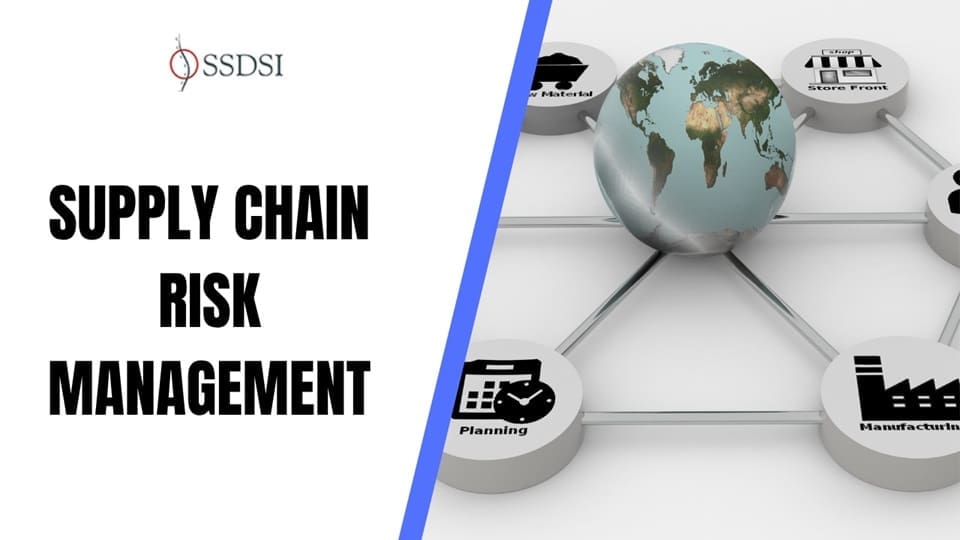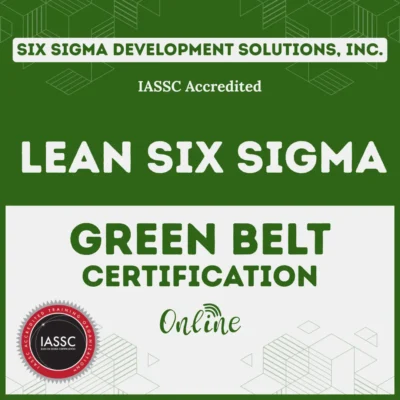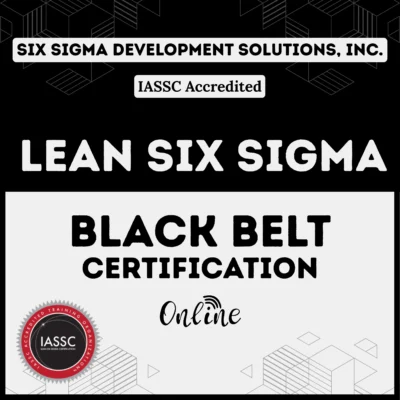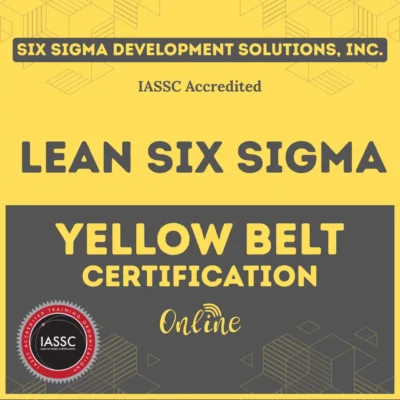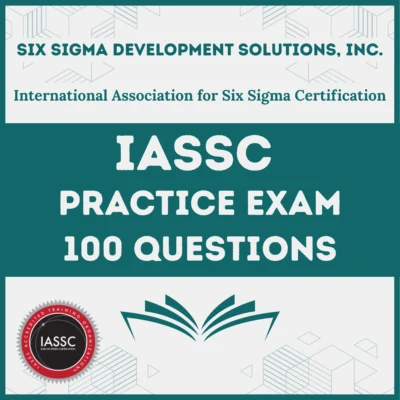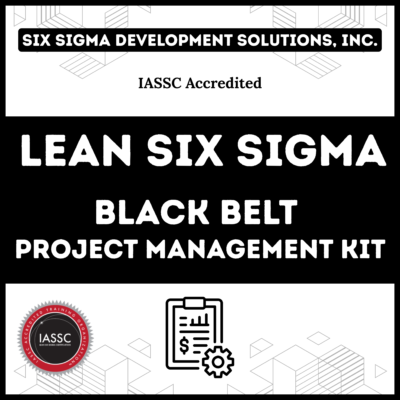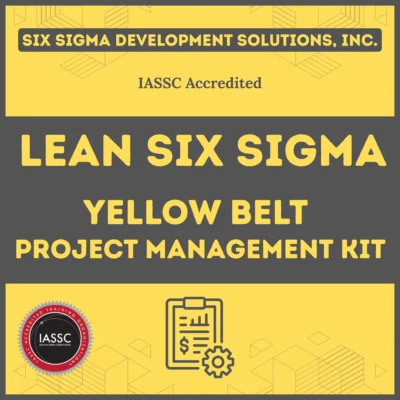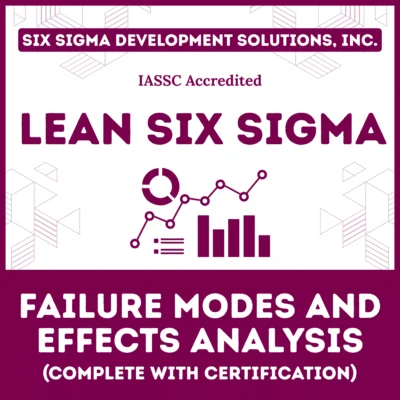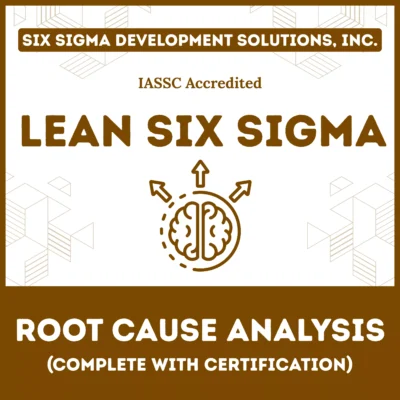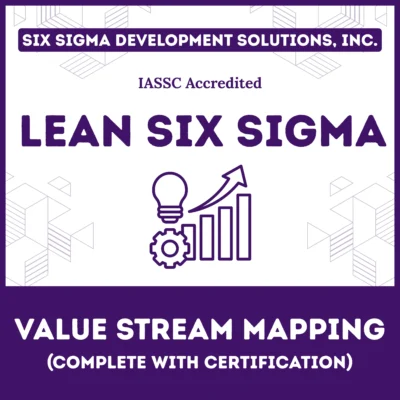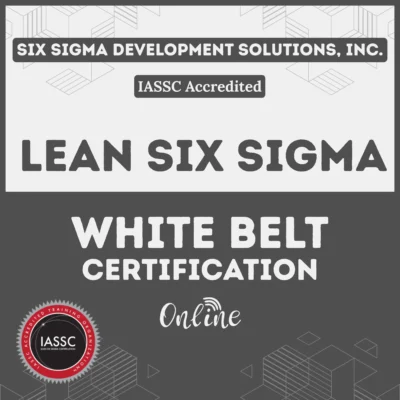In today’s interconnected global economy, supply chains are the backbone of businesses, ensuring goods and services flow seamlessly from suppliers to customers. However, with complexity comes vulnerability.
Supply chain risk management (SCRM) has emerged as a critical discipline to identify, assess, and mitigate risks that threaten operational efficiency and business continuity. From natural disasters to cybersecurity breaches, the risks of supply chain management are diverse and ever-evolving.
In this article, we’ll explore what SCRM entails, why it’s vital, and how organizations can implement effective global supply chain risk management strategies to build resilient operations.
Table of contents
What is Supply Chain Risk Management?
Supply chain risk management (SCRM) is the process of identifying, analyzing, and addressing risks that could disrupt the flow of goods, information, or finances within a supply chain. These risks can stem from various sources, including natural disasters, supplier failures, geopolitical instability, or technological vulnerabilities.
According to the APICS Supply Chain Risk Challenges and Practices report, SCRM involves a three-step process: identifying potential disruptions, assessing their impact and likelihood, and developing mitigation strategies.
SCRM goes beyond reactive “fire-fighting.” It’s a proactive approach that empowers organizations to anticipate disruptions, minimize their impact, and maintain operational continuity. By integrating risk management into supply chain operations, businesses can reduce costs, enhance customer trust, and gain a competitive edge.
Why SCRM Matters?
The importance of supply chain risk management cannot be overstated. As supply chains grow more global and complex, they become more susceptible to disruptions.
For instance, the McKinsey Global Survey (2010) revealed that 71% of executives believed their companies were more at risk from supply chain disruptions than in previous years, a trend that persists today. Moreover, disruptions can have significant financial repercussions, with studies estimating an average 6.8% drop in stock prices following supply-demand mismatch announcements.
Effective SCRM not only prevents costly disruptions but also fosters trust with supply chain partners, improves resource efficiency, and ensures compliance with regulations. In an era where a single supplier failure or cyberattack can halt operations, SCRM is a strategic necessity.
Public, Onsite, Virtual, and Online Six Sigma Certification Training!
- We are accredited by the IASSC.
- Live Public Training at 52 Sites.
- Live Virtual Training.
- Onsite Training (at your organization).
- Interactive Online (self-paced) training,
Types of Supply Chain Risks
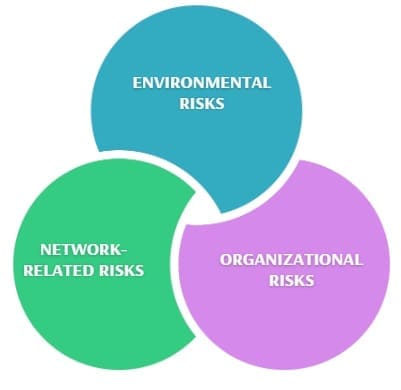
Understanding the types of risk in supply chain management is the first step toward effective mitigation. According to The Supply Chain Manager’s Handbook by JSI and Professor Anna Nagurney’s lecture on humanitarian logistics, risks can be categorized into three main groups:
1. Environmental Risks
These arise from external factors such as natural disasters (earthquakes, hurricanes, tsunamis), geopolitical unrest, or regulatory changes. For example, the 2011 Japan earthquake and tsunami disrupted global electronics supply chains, highlighting the far-reaching impact of environmental risks.
2. Organizational Risks
Internal risks within the supply chain include labor strikes, production failures, or IT system breakdowns. The APICS survey noted that 63% of respondents identified natural disasters as a top risk, but organizational risks like inadequate supplier monitoring (42%) also pose significant threats.
3. Network-Related Risks
These stem from interactions between supply chain partners, such as lack of information sharing (54% of APICS respondents cited this) or supplier underperformance (40%). The blurring of boundaries in outsourced supply chains can lead to “chaos effects” from mistrust or miscommunication.
Additionally, Donald Waters’ Supply Chain Risk Management highlights risks like single sourcing, which can amplify vulnerabilities, as seen in the Ericsson-Phillips chip factory fire in 2000, which cost Ericsson over $400 million due to a lack of alternative suppliers.
Also Read: Risk Breakdown Structure (RBS)
The Supply Chain Risk Management Process

A robust supply chain risk management process involves four key phases, as outlined in The Supply Chain Manager’s Handbook and supported by McKinsey’s practical approach to SCRM. These steps ensure organizations can systematically address risks and enhance resilience.
Step 1: Risk Assessment
The foundation of SCRM is identifying and assessing risks. This involves mapping the supply chain to pinpoint vulnerabilities, such as single-source suppliers or critical logistics nodes. A cross-functional team should catalog risks, score them based on likelihood and impact, and prioritize those with the highest potential to disrupt operations.
Step 2: Risk Treatment
Once risks are identified, organizations must decide how to address them. According to Waters, there are four primary approaches:
- Accepting Risk: For low-likelihood, low-impact risks, organizations may choose to monitor without immediate action.
- Avoiding Risk: Redesigning processes, such as bypassing high-risk regions or diversifying suppliers, can eliminate certain risks.
- Reducing Risk: Implementing visibility tools or flexible contracts can minimize the impact of disruptions.
- Hedging Risk: Strategies like increasing safety stock or purchasing insurance can offset potential losses.
Step 3: Risk Monitoring
Continuous monitoring is critical to detect emerging risks. This can involve tracking leading indicators, such as supplier financial health or weather patterns, using supply chain risk management software. McKinsey emphasizes digital tools that provide real-time insights, like tracking deviation cycle times to predict quality issues.
Step 4: Incident Handling
When risks materialize, a well-defined incident response plan is essential. This includes forming quick-response teams, developing contingency plans, and documenting lessons learned. For example, during the 2013 Ebola outbreak in Liberia, healthcare partners created standard kits and dedicated distribution channels to ensure rapid delivery despite disrupted supply chains.
Global Supply Chain Risk Management Strategies
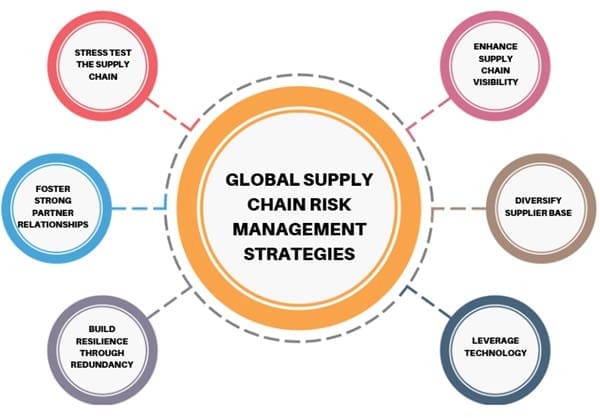
In a globalized world, managing supply chain risks requires tailored strategies that account for diverse geographies and complex networks. Here are some proven global supply chain risk management strategies:
1. Enhance Supply Chain Visibility
Visibility is the cornerstone of effective SCRM. Mapping the end-to-end supply chain, including supplier locations and transportation methods, helps identify hidden vulnerabilities. The APICS survey revealed that only 17% of respondents fully understood their supply chain, underscoring the need for better mapping tools and supply chain risk management technology.
2. Diversify Supplier Base
Single sourcing increases vulnerability, as seen in Ericsson’s chip shortage. By engaging multiple suppliers across different regions, organizations can mitigate capacity risks in the supply chain. Nagurney notes that supplier consolidation trends have heightened this risk, making diversification a critical strategy.
3. Leverage Technology
Supply chain risk management software, such as risk assessment tools or analytics platforms, can predict and monitor risks. For instance, McKinsey highlights systems that analyze cybersecurity vulnerabilities in supplier IT systems, helping organizations stay ahead of emerging threats.
4. Build Resilience Through Redundancy
Creating “multiplicity” or parallel distribution channels, as suggested in The Supply Chain Manager’s Handbook, ensures continuity during disruptions. For example, maintaining excess inventory or backup suppliers can absorb shocks when primary channels fail.
5. Foster Strong Partner Relationships
Trust and information sharing are vital for SCRM. The APICS survey found that 37% of respondents felt their organizations didn’t invest enough in partner trust, which can exacerbate network-related risks. Regular communication and joint risk planning can strengthen partnerships.
6. Stress Test the Supply Chain
Scenario planning and stress testing, as recommended by Nagurney, allow organizations to simulate disruptions and evaluate response strategies. This proactive approach helps identify gaps and refine mitigation plans.
Also Read: Compliance and Risk Management
Supply Chain Risk Management Best Practices
To excel in SCRM, organizations should adopt these best practices:
- Establish a Cross-Functional Risk Board: Involve representatives from procurement, logistics, and IT to ensure comprehensive risk oversight.
- Cultivate a Risk-Aware Culture: Encourage employees to report issues and share lessons learned without fear of blame, as McKinsey suggests.
- Invest in Training: The APICS survey showed that 77% of respondents valued APICS education for SCRM skills. Certifications like supply chain risk management certification can enhance expertise.
- Use Data-Driven Insights: Leverage supply chain risk analytics to monitor performance and predict disruptions.
- Regularly Review and Update Plans: Conduct periodic reviews to adapt to evolving risks, ensuring the SCRM plan remains relevant.
Challenges in Supply Chain Risk Management
Despite its importance, SCRM faces several challenges, as highlighted in the APICS survey:
- Lack of Resources: 63% of respondents cited insufficient tools or data as a barrier.
- Limited Senior Management Support: 50% noted difficulties in securing leadership buy-in.
- Stakeholder Awareness: 49% reported a lack of understanding of supply chain risks among stakeholders.
Overcoming these challenges requires investment in supply chain risk management solutions, such as advanced analytics and dedicated risk roles, to bridge gaps in expertise and resources.
The Role of Technology in SCRM
Technology is transforming SCRM by providing tools to enhance visibility, predict risks, and streamline responses. Supply chain risk management software can integrate data from multiple sources to create a holistic view of the supply chain.
For example, AI-driven platforms can analyze supplier financials, weather patterns, or geopolitical events to forecast risks. Additionally, blockchain technology enhances supply chain security risk management by ensuring transparent and tamper-proof records.
Final Words
Supply chain risk management is no longer optional—it’s a strategic imperative for organizations navigating today’s complex global landscape. By understanding the types of supply chain risks, implementing a structured SCRM process, and leveraging technology and best practices, businesses can mitigate disruptions and turn risks into opportunities. From diversifying suppliers to fostering trust with partners, effective SCRM empowers organizations to thrive in the face of uncertainty.
FAQs on SCRM
What is supply chain risk management (SCRM)?
SCRM is the process of identifying, assessing, and mitigating risks that could disrupt the flow of goods, information, or finances in a supply chain. It involves proactive strategies to ensure operational continuity.
Why is supply chain risk management important?
SCRM is crucial for minimizing disruptions, reducing costs, ensuring customer satisfaction, and maintaining a competitive edge in a complex global market.
What are the main types of supply chain risks?
Supply chain risks include environmental (e.g., natural disasters), organizational (e.g., production failures), and network-related risks (e.g., lack of supplier coordination).
How can technology help in SCRM?
Supply chain risk management software and analytics tools enhance visibility, predict risks, and streamline responses, enabling data-driven decision-making.
What are some effective SCRM strategies?
Key strategies include diversifying suppliers, enhancing visibility, leveraging technology, stress testing, and building strong partner relationships.

About Six Sigma Development Solutions, Inc.
Six Sigma Development Solutions, Inc. offers onsite, public, and virtual Lean Six Sigma certification training. We are an Accredited Training Organization by the IASSC (International Association of Six Sigma Certification). We offer Lean Six Sigma Green Belt, Black Belt, and Yellow Belt, as well as LEAN certifications.
Book a Call and Let us know how we can help meet your training needs.

